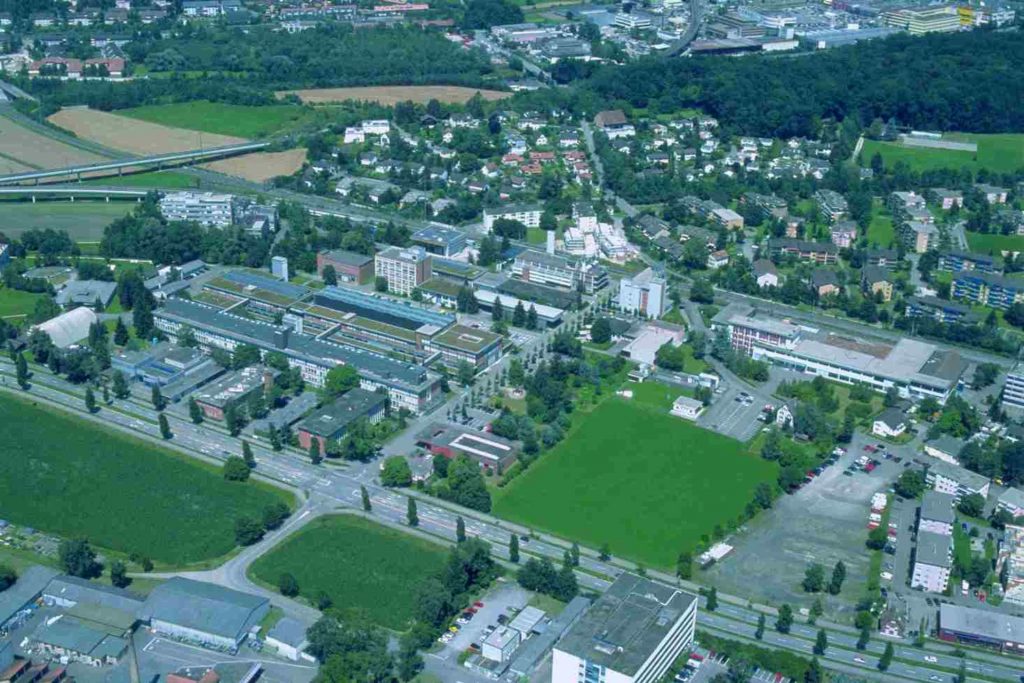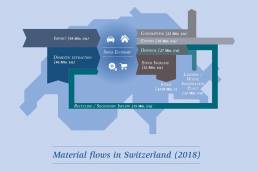How much does Switzerland consume? 87 million tons per year
Researchers at EMPA, the Swiss Federal Laboratories for Materials Science and Technology, have studied the entire flow of the Swiss economy
Researchers at EMPA, which stands for Eidgenössische Materialprüfungs- und Forschungsanstalt (Swiss Federal Laboratories for Materials Science and Technology), have analyzed the entire flow of materials and energy that affects the Swiss economy. Their final report now provides important data and comparisons.
A specialized team also examined how the behavior of the Swiss population affects greenhouse gas emissions.
Buildings, industrial plants, roads, cars, gasoline, electricity and all our consumption. What does Switzerland consume each year? How much is exported or disposed of? How much goes back into the economy? And what are the consequences for the environment?
900 commodity traders in Switzerland
Switzerland will reduce the environmental impact of its food supply
At the Federal Office for the Environment there will be Petra Zimmermann
For a research team from EMPA’s “Technology and Society” laboratory, finding precise answers to these questions was a complex task.
The project “MatCH” (“Material and energy resources and their environmental impacts in Switzerland”), commissioned by the Federal Office for the Environment (FOEN), began in 2013 and took place in several phases.
The first part covered all material and energy flows in the construction sector; the second, mobility. And the third part was devoted to the production and consumption of other imported, domestically produced and exported goods.
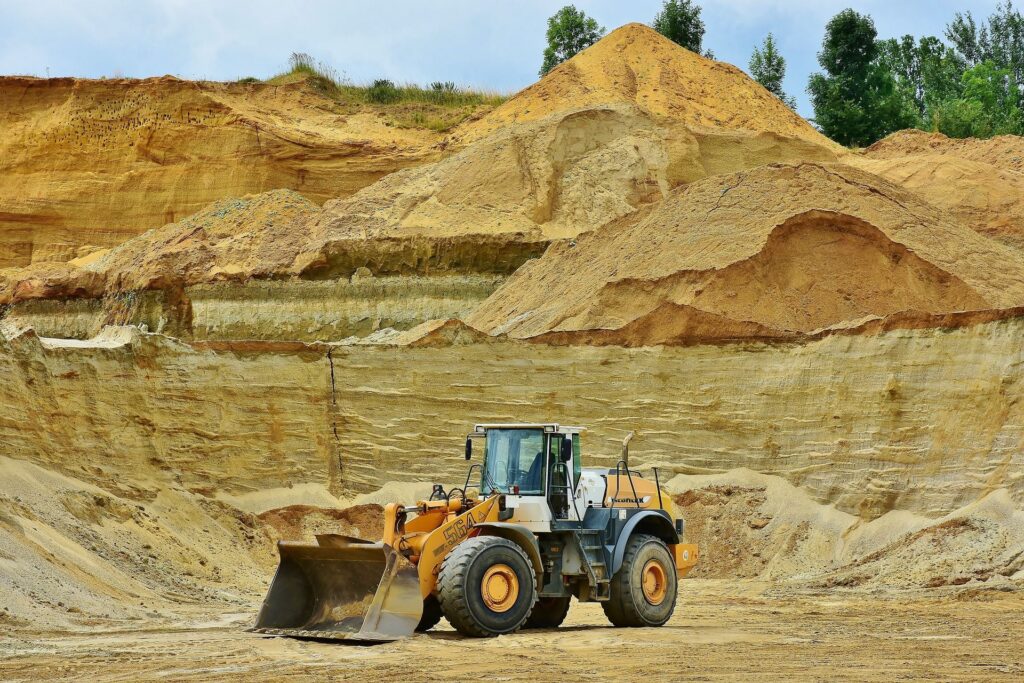
The “operational masses” of an entire country.
This mosaic of data is now summarized in part four: a summary report as a snapshot of mass and energy flows for the year 2018.
Some key figures in this regard: domestic material consumption amounts to 87 million net tons per year: the mass needed to run the Swiss economy.
Switzerland-Liechtenstein pact on scientific innovation
Bern, Zurich and Aargau focus on fiscal innovation
Examples of outgoing mass: 12 million tons went into final disposal; exports amount to 18 million tons.
A large portion of the incoming material remains in the system, allowing Switzerland’s material stock to grow.
Overall, it is increasing by 1.6 percent per year – starting in 2018 – or 52 million tons. The total weight of Switzerland’s material stock: about 3.2 billion tons.

Data collected from many different sources
In order to determine this data, the EMPA team evaluated numerous sources. For the “Mobility” category, the Federal Bureau of Statistics provided useful information; for “Consumption and Production,” data from the Federal Customs Administration were needed.
And for the inventory of construction, including buildings and roads, experts relied on previous studies.
Overall, according to EMPA researchers, this information ensured a good approximation to reality, although it does not replace the official statistical data of the federal authorities.
In the construction sector, the current consumption figures are also interesting. Almost half of the material used is concrete, just under 40 million tons per year.
Switzerland will have an ad hoc ambassador for… science
Yes of the Federal Council to the Swiss “Green Fintech” network
The entire construction sector amounts to 62 million tons, while the production and consumption sphere absorbs just under 18 million tons: one-fifth of the total mass consumed.
In terms of environmental impact, the study focuses specifically on greenhouse gas emissions.
The most important source of these is fuel consumption, with just under 25 million tons, a share of about a quarter of annual emissions.
It is followed by fuels (just under 20 percent), food (more than 18 percent), electricity (just under 6 percent) and steel (just under 5 percent).
However, textiles and leather, as well as basic chemicals, also make a significant contribution with 4.5 percent each.
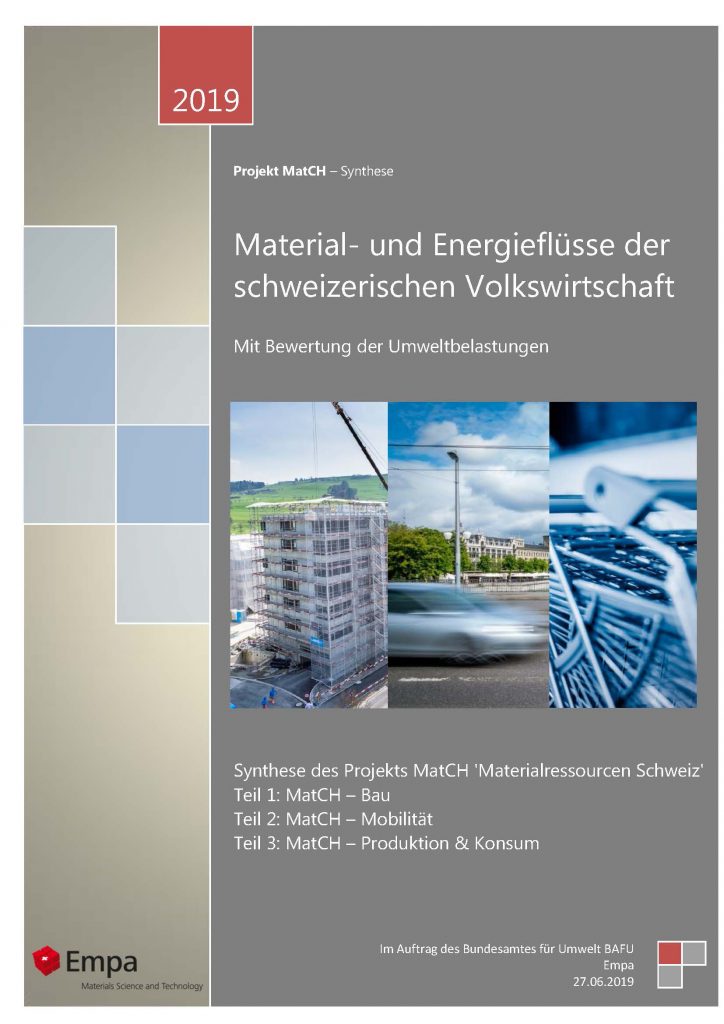
The influence of personal lifestyle
A special feature of the study is the differentiated consideration of the influence of the Swiss population.
In addition to per capita consumption data, the researchers analyzed the impact of personal scope for action on climate protection.
How the Swiss export industry focuses on innovation
More flexibility in promoting Swiss innovation
If all Swiss people behaved like the fifth of the population with the most exemplary lifestyle, the country’s total greenhouse gas emissions could be reduced by 16 percent.
If, on the other hand, everyone behaved like the fifth with the least eco-friendly lifestyle, emissions would increase by 17 percent.
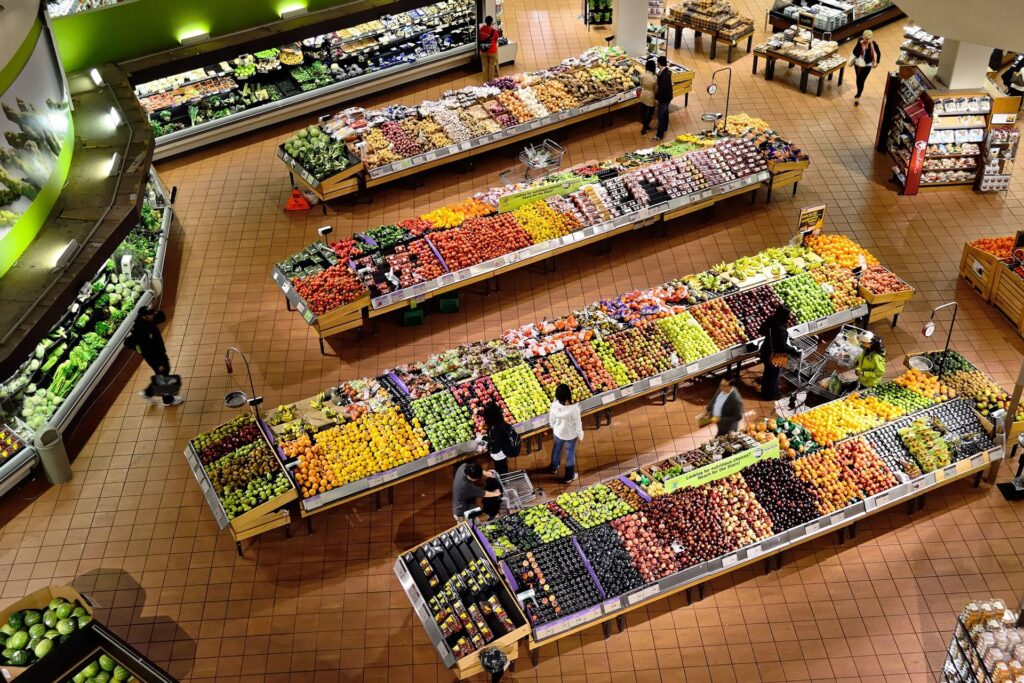
A good summary of three in-depth studies
The report “Material and Energy Flows of the Swiss Economy” covers the entire Swiss economy and synthesizes the trilogy reports “MatCH”, “Construction” (2016), “Mobility” (2017) and “Production & Consumption” (2018).
28 consumption areas were differentiated and 18 material categories defined, including solid materials such as mineral raw materials, metals, plastics, but also food as well as fuels, fuels and electricity.
2.6 billion in value from the Zurich Innovation Park
The report ‘Economic Footprint Switzerland Innovation Park Zurich’ by BAK Economics (in German)
The natural resource water was not included.
Mass flows across and within Switzerland were expressed as ‘internal material consumption’.
Environmental impacts were calculated using a simplified life cycle assessment approach, which is explained in the final report.
